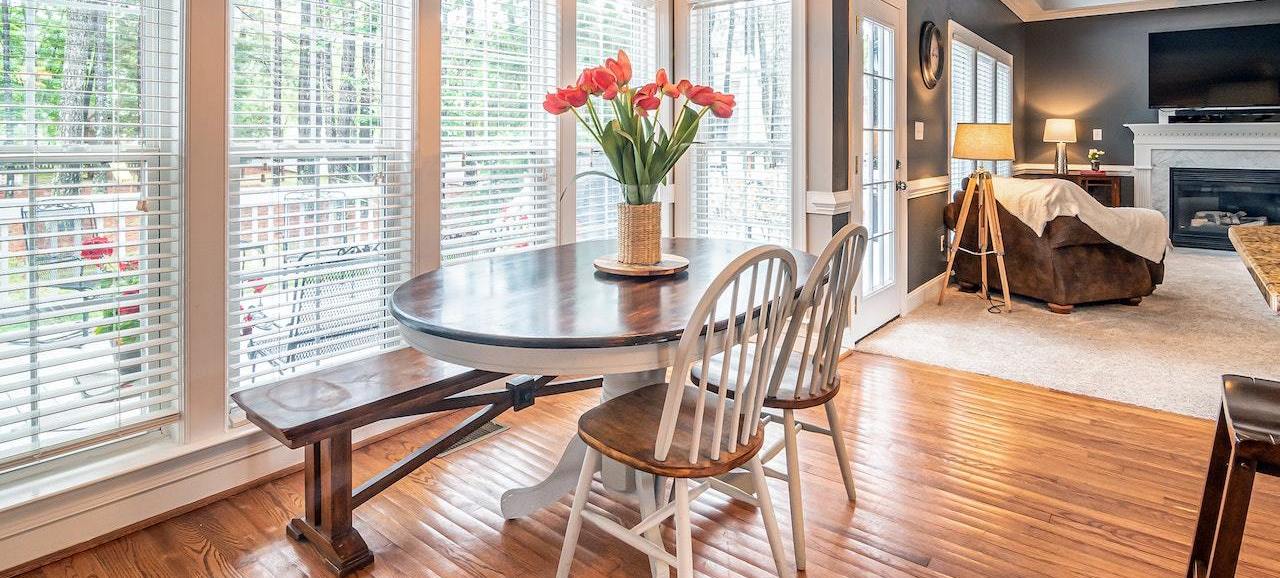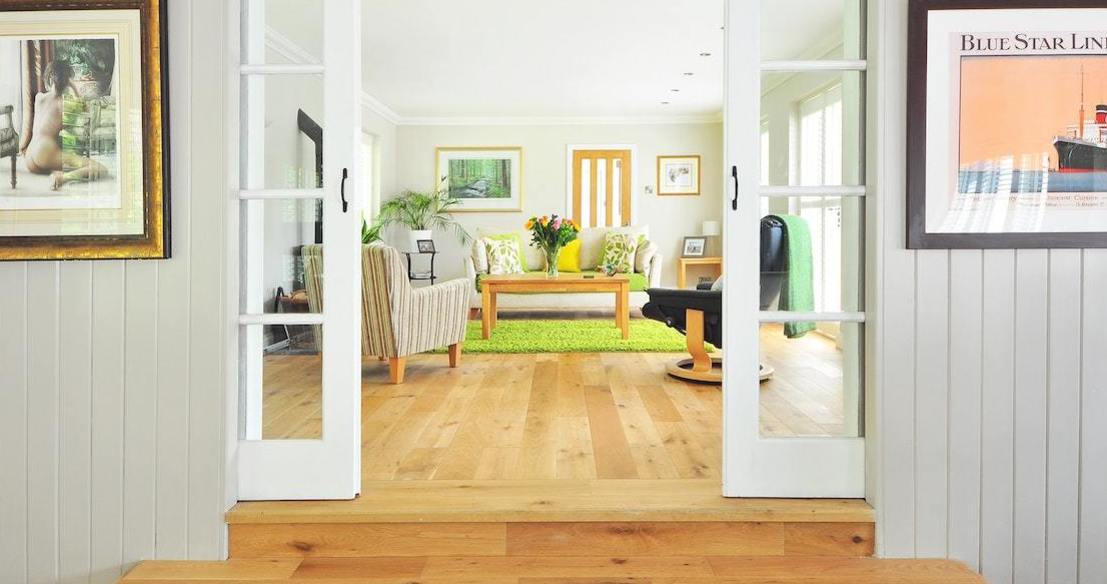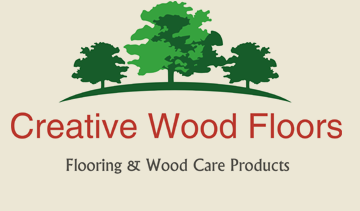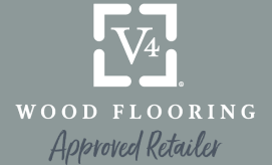Engineered Wood Flooring vs Solid Wood Flooring

What is Engineered Wood Flooring?
Engineered wood flooring brings warmth and comfort into your home. It essentially comprises multiple cross-ply base layers bonded together, topped by a decorative layer of real timber. The appearance is identical to that of solid wood.
Engineered wood floors are not the same as laminated ones, since they incorporate a layer of real hardwood. They’re also usually ‘floating’, meaning they’re snapped together over existing flooring with no nails or glue to hold them down. Fit with a click system or tongue-and-groove profile.
The visible surface, known as the wear layer, will be in your wood of choice, whether that’s walnut or oak, for example, with a thickness of typically up to 6mm. So if your floor is 18mm thick, most of that will be taken up by the base layers, often made from high-quality plywood, which are attached at a perpendicular angle to the wear layer, giving the plank dimensional stability.
Thicknesses, widths and lengths of planks vary, as do finishes, from brushed to lacquered.
The Benefits of an Engineered Wood Floor
There are plenty of advantages to fitting engineered wood flooring in your home. Here‘s a quick overview of the key ones:
Cost: Engineered hardwood flooring is a little cheaper than its solid-wood counterpart, although the difference is not always huge.
Appearance: As mentioned, you will generally struggle to tell the difference between solid-wood and engineered flooring after installation, since it has a real layer of hardwood on top.
Versatility: You can often use these models in a more flexible way than real wood floors without warping, since they are more resilient to changes in humidity and temperature. So, for example, you may find it easier to use an underfloor heating system with an engineered wood floor.
Stacks of choice: You will be able to take your pick from a wide range of varied wood species, colours, styles, finishes and plank sizes.
Ease of installation: Particularly if you opt for a ‘click’ system, you will find engineered wood floors quick and easy to install.
Comfort: Engineered models can feel a little softer than real wood flooring, with a slight bounce as you walk over the surface.

Disadvantages of Engineered Wood Flooring
As with anything, despite the numerous benefits, there are a number of things to take into account with an engineered wood floor before you commit.
Maintenance: Like any hardwood floor, an engineered product requires a certain level of maintenance. It may not be the best choice for homes where there are pets or young children running around.
Keep dry: While engineered wood flooring handles moisture better than solid-wood flooring, it may still not be the ideal option in bathrooms, laundry rooms or the like.
Do your research: As with anything else, not all engineered wood floors are created equal. That means not all products are designed to last in the same way. Do your homework and be sure you go with a reputable supplier of high-quality floors. Below-par plywood, for example, can be prone to defects including splitting.
Hollow promises: Some engineered wood planks may sound hollow or echoey underfoot. Gluing and stapling are the best installation methods for muffling this noise.
Refinishing: Solid wood can be sanded and refinished many times, but you can only lightly sand an engineered wood floor a couple of times at most before the uppermost layer may start to wear away.
Lifespan: Whereas engineered hardwood flooring may last a long time, typically between 20 and 30 years, solid hardwood will last at least three decades, and potentially for as long as a century, since you can sand it down and refinish it numerous times.
What is Solid Wood Flooring?
As the name suggests, this model is typically constructed from a single solid piece of hardwood, cut straight from the tree and fashioned into a plank by machine. As with engineered versions, you can chose from different timber species, plank sizes and finishes. Alternatively, go for an unfinished real wood floor and retain the option to add a colour or finish later on.
You’ll need to fix your floor in place during installation – you can’t float it over an underlay since it requires the stability of being attached firmly to the subfloor. Most will have a traditional tongue-and-groove fitting, although there are some solid-wood parquet products, and sometimes planks fitted using a clicking system.
The Advantages of Solid Wood Floors
A solid wood floor is a desirable, sought-after option that will add more than a hint of luxury to your home. Gorgeous appearance aside, here are some of the reasons people love their hardwood floors:
Ease of maintenance: Solid wood flooring is easy to clean and just needs a simple sweep and vacuum to remain looking its glorious best (don’t use water or steam). You may also want to occasionally use a specialist wood cleaner, but generally speaking looking after your real wood floor shouldn’t be a high-maintenance job. Speaking of hygiene, solid wood flooring won’t attract or hold dust, meaning you enjoy a better quality of air indoors, which could be important if you someone in your household has allergies.
Variety: You can fit a solid wood floor with a huge range of real wood species, and in colours from light to dark, with myriad patterns and grains. Likewise, planks come in different lengths and widths, finished or unfinished, so you can easily choose something to suit your surroundings.
Appearance: With solid wood flooring, you can look forward to an extended life expectancy for your floor, and a timeless visual appeal.
Longevity: A real hardwood floor can sanded down and refinished a number of times, and withstand heavy footfall for generations.
Added value: Given that real wood flooring is so strongly sought after, it can affect the value of your property, and could even mean a faster sale as well as a higher price.
Acoustics: Some floors can sound hollow when they are walked over, or even vibrate slightly if there is movement in the room. Over time, this has the potential to become annoying. With a properly installed real timber floor, however, you won’t experience these niggles.
The Disadvantages of Solid Wood Flooring
While with solid wood flooring you will enjoy all the benefits listed, but inevitably there are also a few potential drawbacks:
Cost: A solid wood floor is an investment, and one on which you will gain a return. But the upfront costs of real wood flooring are likely to be greater.
Harder for pets: Your hardwood floor may cause pets to slip and slide around, especially older dogs who can’t gain traction to get up from a seated or lying position.
Scratching: With the best will in the world, and despite real wood being a low-maintenance option, scratches and gouges can appear over time (however, you can refinish the timber to remove this problem).
Moisture damage: If water or any other liquid gets on to your floor, you need to mop it up immediately to stop swelling of your hardwood flooring.

Talk to us
Check out our range of real wood, laminate, LVT and vinyl flooring in our Basingstoke wood flooring showroom. We’re open office hours plus Saturday mornings – a member of our team will be happy to chat through options for your home.
















